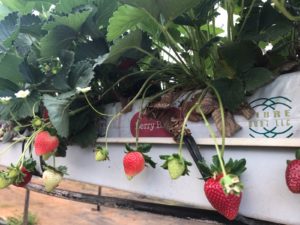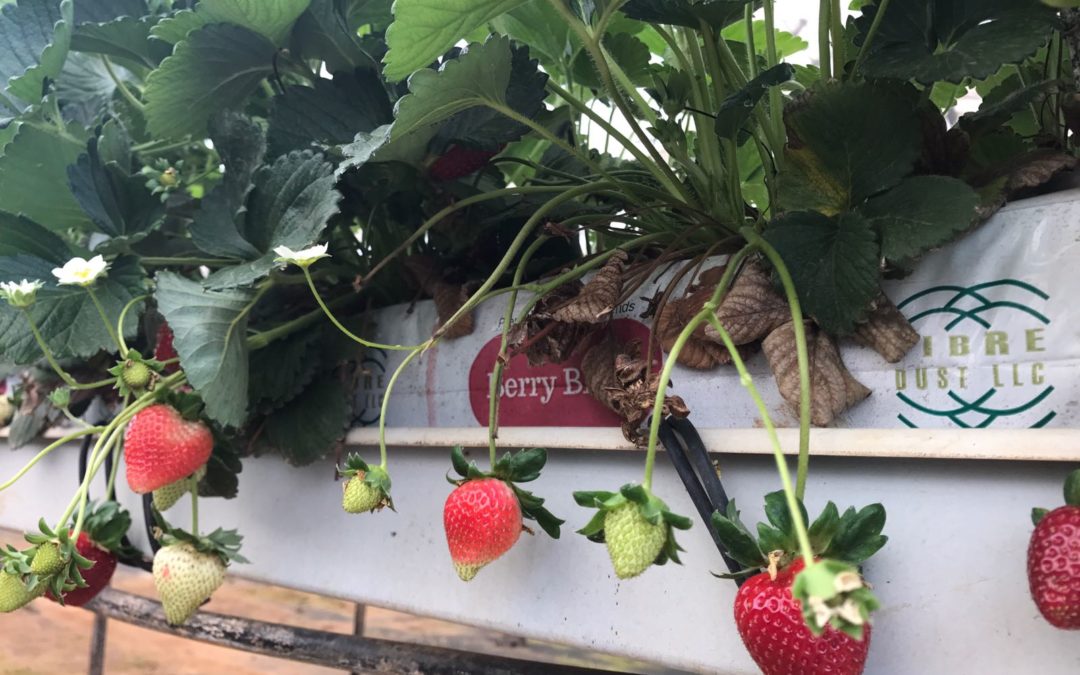Growing strawberries from fall to spring in your greenhouse may be a crop to consider. This article is chock full of advice for greenhouse growers who may want to diversify into winter edibles, specifically strawberries.
Greenhouse growers looking to diversify into edible crops may want to consider strawberries, which can be adapted to production systems they are currently using for other crops.
Mark Kroggel, from the University of Arizona, College of Agriculture and Life Sciences, shares nuances of strawberry production in greenhouse environments including photoperiod and intensity lighting requirements, optimum temperature demands, humidity, and the varying needs of different recommended varieties. He also recommends using the growers existing production methods for other crops, before investing in infrastructure specifically for strawberries. Strawberries are adaptable to many existing systems.
Kroggel emphasizes the importance of temperature control for production and taste. Ideal daytime temps should not exceed 77 degrees, and cool nights with temperatures from 50-54 degrees are required to create the right combination of acidity and sugar that consumers want.
Strawberries prefer lighting intensity at a minimum 12 moles of light. Under that, the plant will not be able to product the numbers of fruit desired. Too much light will be harmful as well. Maximum light intensity should be no more than 25 moles per day. Shading is recommended when light is exceeding the maximum, usually occurring during late spring.
Photo periods, the amount of time the plant is exposed to light, influence the strawberry’s production of flowers and fruit. Different varieties, require different periods of light in order to flower and fruit. The June bearing varieties, like about 12 to 13 hours to flower and fruit. Everbearing varieties, are okay with longer days, which may require light supplementation during the winter months. 
Link to original article published in Urban Ag News,

